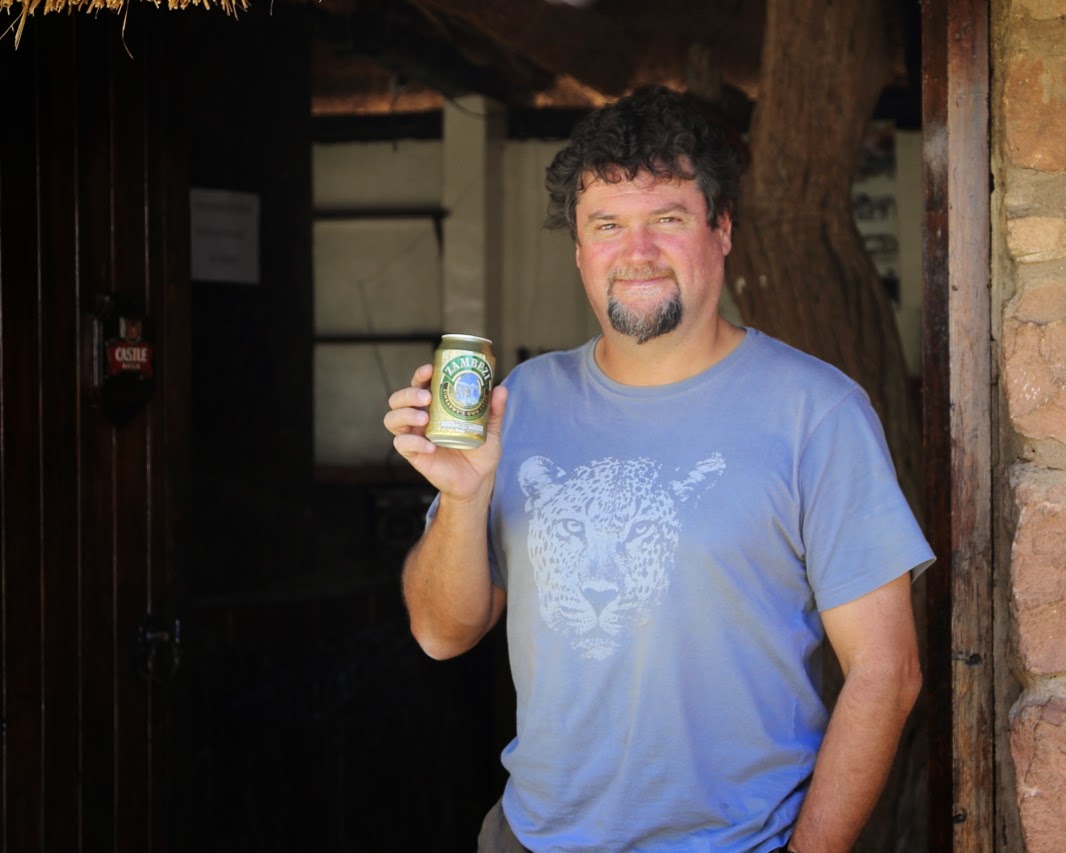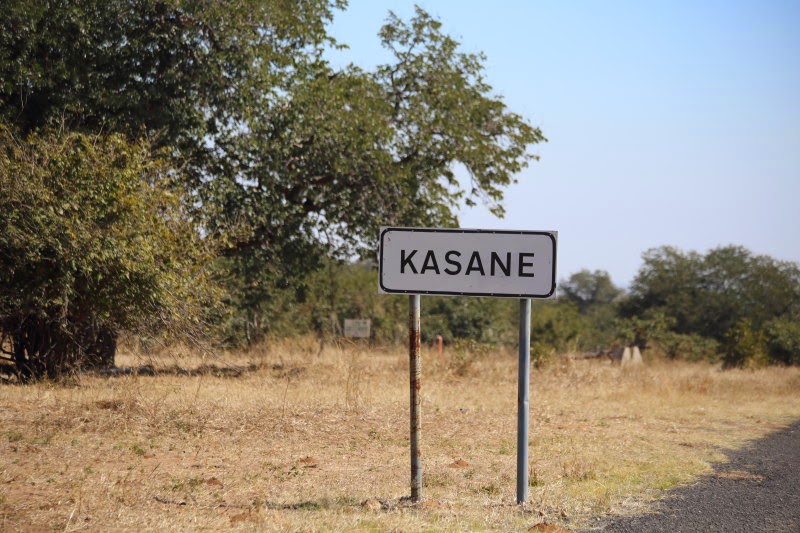 |
| Mosi-Oa-Tunya (The Smoke that Thunders) |
The first
European siting of Victoria Falls by Dr. David Livingstone was on November 16,
1855. In 1851, he first heard of the
great waterfall, but it was not until 1855 that he set out to visit it in the
company of indigenous people of the falls area.
He spent a night on the Kalai Island a few kilometers upstream of the
falls, having come down the river by canoe.
The next
morning he set off in a small canoe to approach the thundering smoke. He landed on the biggest island on the lip of
the falls, now called Livingstone Island, where he obtained his first view of
the falls.
Of the surrounding area, he
wrote: “the most wonderful sight I had
witnessed in Africa. No one can imagine
the beauty of the view from anything witnessed in England. It had never been seen before by European eyes,
but scenes so lovely must have been gazed upon by angels in their flight.” (Livingstone
1857)
We visited Victoria Falls at the end of the rainy season. We could see columns of spray from miles away as more than five hundred million cubic meters of water per minute plummeted over the edge, over a width of nearly two kilometers into a gorge over one hundred meters below. The wide, basalt cliff over which the falls thunder, transforms the great Zambezi from a placid river into a ferocious torrent cutting through a series of dramatic gorges.
 |
| View of the Falls from Zimbabwe |
Facing
the falls on the Zimbabwe side is another wall of basalt topped with a mist-laden
rain forest. We rented raincoats and
walked along the edge of the forest braving the tremendous spray. It was, at times, like standing under a shower
head with our clothes on but then the mist would clear and we would captured a spectacular view.
 |
| The Road Bridge from Zimbabwe to Zambia |
 We crossed the road bridge at the border crossing into Zambia and experienced a different view of the falls.
We crossed the road bridge at the border crossing into Zambia and experienced a different view of the falls.
From the Zambia side we were able to see the Victoria Falls Bridge, funded by the famous Cecil John
Rhodes and completed in 1905 as a crucial link in the railway route north. The bridge was manufactured in England and
shipped to Africa for assembly. The two
center girders of the arch were in place by sunset on March 31, 1905 but they overlapped by one
and a quarter inches. When work started
the next morning at sunrise, it was found that the bridge had contracted in the
night and the two center girders had dropped into place fitting perfectly! April Fools? I don't think so!
 |
| No raincoats in Zambia but the green garbage bag worked to keep the camera dry! |
































.gif)


























